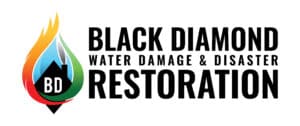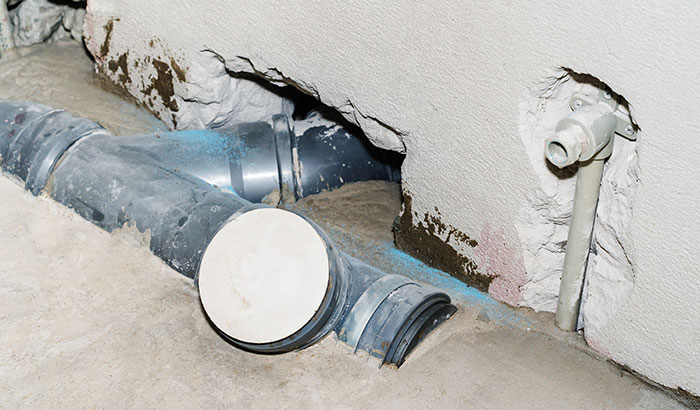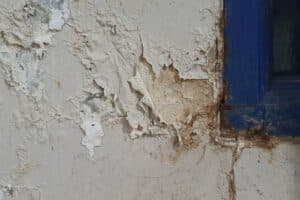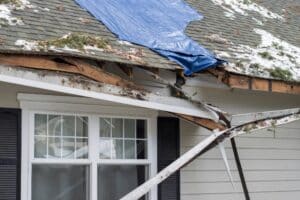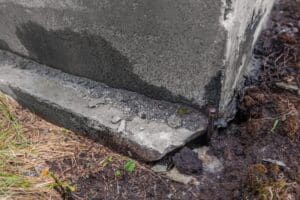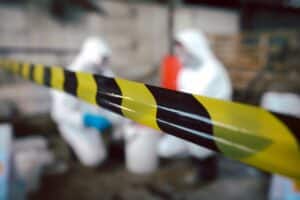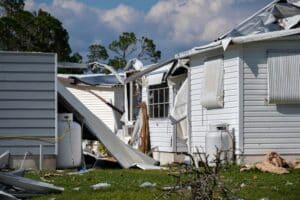Sewage restoration is the process of cleaning up sewer damage, which we deal with whenever there’s a leak, backup, or burst pipe involving wastewater.
Dealing with a sewage backup is messy since this water is filled with contaminants, ranging from human waste to chemicals to food waste. Toilets, tubs, sinks, washing machines, dishwashers, and showers are usually where sewage backups happen.
When sewage restoration is required, specific steps must be taken to ensure that you and your family are kept safe while the mess is being cleaned up. Today’s blog covers the sewage restoration process, so you know exactly what to expect.
Is it Sewer or Septic Backup?
The first question to ask is whether the backup is sewer or septic. It will be one or the other. If your system is sewer, you’ll need to call your local sewer department, which will have guidelines for pumping out the wastewater.
Prepare the Area for Cleaning
- Keep children, the elderly, and pets away from the sewage.
- Take photos of all the damage. While this might not seem very important at the moment, it’s essential for insurance claims, which you might need to do later.
- Before cleaning, you’ll need to turn off your utilities if the spill covers a large area. Call your utility company for this step, and ensure they turn off the electric, gas, and water connected to your home.
If the leak is small, you can turn off your power and water supply on your own, provided they aren’t submerged in the sewage wastewater. You’ll want to wear personal protective equipment (PPE) from this point on.
- Open all the windows in the area for proper ventilation.
- Remove items from the area that haven’t been contaminated.
- Close any doors surrounding the area to prevent debris or other contaminants from spreading to other parts of your home.
- Disinfect any standing water with chlorine to prevent any bacteria in the water from spreading.
Clean With Caution
Once the area has been prepped for cleaning, you’ll be ready to start. Be sure to wear your PPE, no matter how minor the cleanup may seem. Your PPE should include rubber gloves, rubber boots, protective eyewear, and a face mask. You’ll want to ensure that your skin is completely covered, as any contact with sewer water could make you sick.
Also, keep in mind that only small sewage spills are ok to clean on your own. Larger spills necessitate professional help.
- Start with removing the sewage water. A wet-dry vacuum with the right filter will work on small spills. For larger spills, you’ll use a pump.
- Once the water is removed, it’s time to tackle dirt, soil, and debris. Shovel them into strong plastic bags and dispose of them immediately. If you can’t get to the trash can immediately, place the bags on concrete or tile that you can easily clean later.
- Immediately throw out anything that’s gotten wet, whether it’s damp or soaked through. You’ll want to replace all of these items since you could get sick from them.
- Get rid of wet or saturated carpeting, flooring, insulation, wall paneling, and baseboards.
- Wash every wall, floor, and surface that the sewage water came into contact with. You’ll want to use hot water and strong disinfectants to kill the bacteria, followed by deep cleaning to catch anything that escapes the first round of cleaning. When cleaning your floors, you’ll want to use one part chlorine bleach and four parts water.
- Air dry the area after cleanup by keeping windows open or using dehumidifiers. This area must be completely dried out within 48 hours of the sewage water, or you risk mold, a separate issue, growing in your home.
- Speaking of mold, you’ll want to thoroughly search your home for signs of mold immediately after cleaning up and in the following days. Search everywhere, not just where the sewage water was since mold can grow anywhere in your home due to sewer damage.
Small areas can be taken care of with a mold cleaner. However, you’ll want to contact a mold restoration company if the moldy area covers a large area or is in multiple places in your home. - Throw out consumable goods like food or drink. Toss porous materials like rugs, curtains, upholstery, and clothing.
- If something valuable or extremely sentimental is damaged, have it professionally cleaned. The same goes for upholstered furniture and carpets that the sewage barely touched.
- When washing your clothes, add a cup of chlorine bleach to the water to kill any germs that might still be in the water.
- Call professionals to check on any electrical or plumbing systems that were affected.
When to Call for Professional Help
While following the steps outlined above will take care of most minor sewer damage incidents, there are instances where you need to bring in professional help. Restoration companies are experts at completely and thoroughly cleaning up sewer damage, so your home is as good as new. They also come equipped with their own PPE.
Signs that you need to call a professional include:
- A spill that spans multiple rooms in your home.
- A spill that you didn’t catch right away that’s been present in your home for over 24 hours.
- The spill came from a sewer or septic tank backup.
- A spill that touched your home’s A/C system.
- If you have any immunocompromised members of your family.
Call the Experts at Black Diamond Restoration
If you have sewer damage in your home, whether minor or major, Black Diamond Restoration is here to restore your home to pre-loss condition with sewage restoration. We have extensive experience in sewer, mold, water, fire, storm, and biohazard damage, so you won’t need multiple companies to come to your home for repairs.
Call us at 801.512.4194 to schedule your service, or visit our website to learn more about us. We’ll get you back to your everyday life before you know it.
toto slot